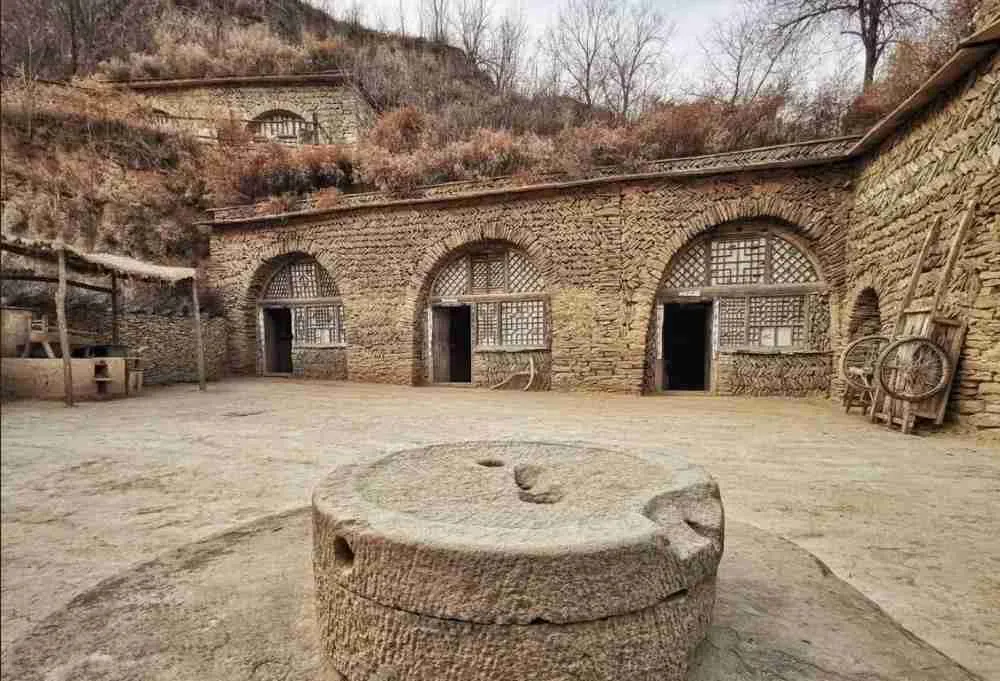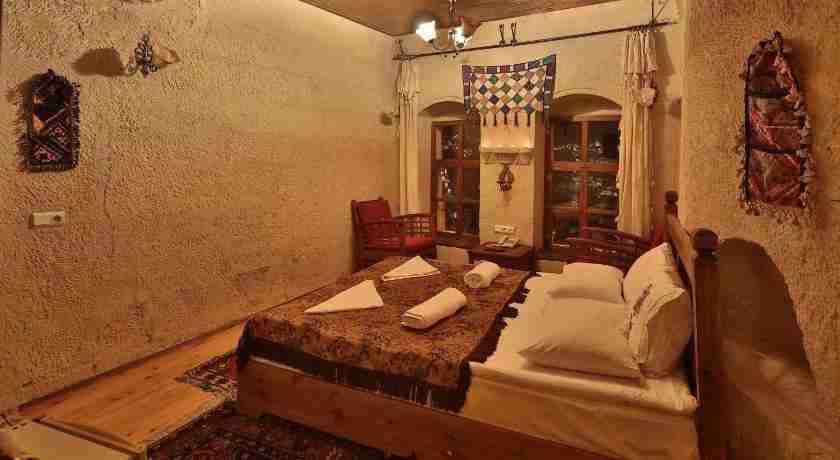One of the many things that contribute to the richness of the Chinese culture is how and where the ancient Chinese people lived. Yaodong is noted as one of the remarkable dwellings the Chinese people are known for, and this article shares insights into the Yaodong.
Cave Dwelling Definition
Ancient Chinese Cave dwellings, also known as the Yaodong, can be defined as the cave dwellings that are cut into the loess walls of the Yangtze River. These rock-cut cave dwellings are common in the rocky and also arid regions of China and also in North America.
These cave dwellings are very common in most parts of northern China, and they served as homes for at least 40 million ancient Chinese people. These cave dwellings were quite common in the Shanxi and Shaanxi provinces, places with the yellow earth or the loess. The yellow earth is significantly compacted, and they make great homes that have served as cave houses that have been used for many centuries.
Chinese cave dwellings or the yaodong are, therefore, a type of architecture that was developed in North China’s Loess Plateau. They are also known as cave buildings, and the term is often used to describe the series of buildings that are carved into the earth. The region north of China that had more of these dwellings enjoyed a rather wider range of temperature changes throughout the year. North China experienced dry and cold winters, as well as the hottest of summers, and so, the earth that surrounded the inner spaces of the dwelling would keep the people safe from the weather extremes.
While the very first Yaodong is believed to date far back to the 2nd millennium BC, these ancient dwellings exist in China and other parts of the world today. It is now believed that at least 40 million people in China live in these cave dwellings.
There are three main types of the Yaodong or the cave dwellings:

The first type features the caves that are dug into cliffs and also carved in the ground around the central courtyard. These dwellings had no hills in sight, and the courtyards were rather complex. The dwellings with the cliff courtyards also were bigger than the yaodong dwellings that were pitted.
The second type of cave-dwelling is one that is not excavated into the ground but is in standalone dwellings or buildings. These were Cliffside dwellings that faced the south, and in some cases, the façade would be made of stones or bricks.
Regardless of the type of the cave dwellings, however, a common feature seen is that in the design of these caves, the Yaodong’s Cliffside often features a rock wall as the primary structure, with the interior of the cave reinforced with sturdy wooden frames. The rooms were vaulted, and the walls were made of clay. The exterior of these caves is clad of stones. The caves are also uniquely arched, and they have finished with window panes decorated in wood.
The third type of cave dwelling is known as the Hoop Yaodong or the independent yaodong. It is considered the most valuable of the cave dwellings, thanks to the unique construction techniques used. The hoop yaodongs appear in the traditional residential areas located in Western Henan province. These cave dwellings are common in places where excavation cannot be done because of a thin layer of loess, gentle slopes, as well as insufficient soil cliffs. In these areas where the bedrock is often exposed, the hoop yaodongs are very common. They are, therefore, built partially or wholly outdoors with arched structures inspired in design by the interconnected underground dwellings. The design of these dwellings reflects the traditional house designs with the square earth and the rocky sky, as well as the high arched caves. These new vaulted homes are quite common today.
In addition to this, these dwellings and the people were known to belong to farmers. The farmers cultivated land in the plains, and they’d live their lives under the terraced plateaus.
The courtyard for the Yaodong was also a very important part of these dwellings. The courtyard was set on high and dry locations, with every room in the courtyard excavated individually, such that they opened up to the centrally-placed courtyard. The main source of light for the courtyard was natural light. There also were guest rooms facing the south. The kitchens and the family rooms were on the Eastside. These courtyards were also sunk into the ground at about 10m. There also was a draining well present, and each cave was covered by 2m or more of the earth which offered insulation for the interior of the dwellings. Access to the courtyard was through a slope stair that was sunken.
The yaodong or house caves date back centuries, and they have been great homes for the Chinese people for centuries, keeping them safe and isolated from the elements and extremes in weather.
Where Are The Cave Dwellings?
Most of the cave dwellings for the Chinese people are located on the northern side of China.
How To Build Yaodong

To build the Cliffside yaodongs, you need a solid soil wall for the main structure and wood to reinforce the interiors. Beams plus columns are also necessary to keep the dwellings up to and to keep them from collapsing.
The construction involves the use of rocks for the wall’s base and clay for the top tile. And for reinforcement and to reduce the cost of construction, the interior of the walls are made of clay and the exterior stones.
The hoop yaodongs are more complex, though and need strong wooden frames for construction. It is also necessary to dig a foundation for the dwelling first, but after determining the house’s orientation. These dwellings often have 3-5 dwellings.
Next, the cave is to be excavated than the hoop yaodong built on the excavated ground, with arch structures on the brick wall to form the basic spatial form for the cave. It needs a minimum of 2 meters made of soil mud for good thermal insulation. The top is then covered and capped. Lastly, the door and the fence are installed.